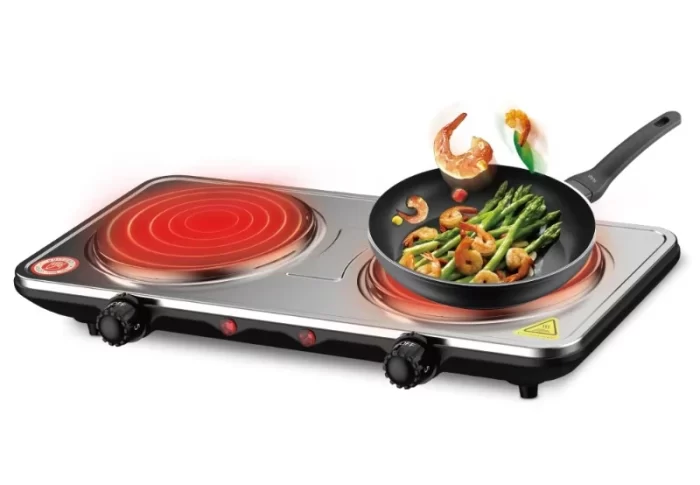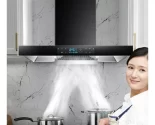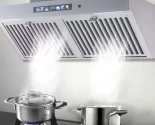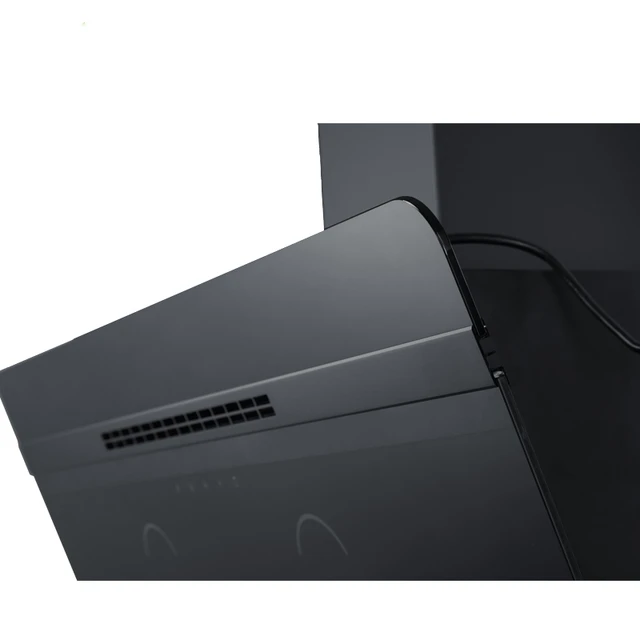
The Cost of Range Hood Installation: A Comprehensive Guide
Introduction
Installing or replacing a range hood is a necessary step in creating a well-ventilated and odor-free kitchen. While the cost of range hood installation can vary depending on factors such as the type of range hood, the complexity of the installation, and any additional modifications required, it is essential to understand the potential expenses involved. In this comprehensive guide, we will explore the various cost factors associated with range hood installation. From the range hood unit itself to labor, ductwork modifications, and potential electrical or venting upgrades, we will provide specific details to help you estimate and plan for the installation costs.
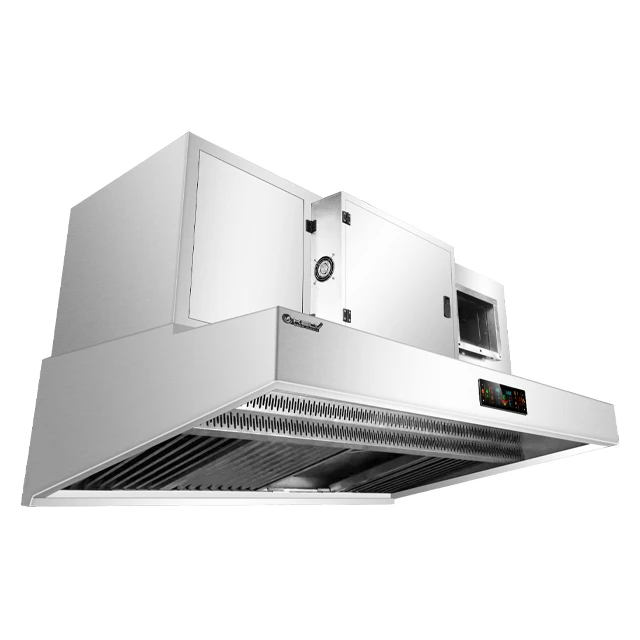
The Cost of Range Hood Installation: A Comprehensive Guide
I. Range Hood Options: Determining the Cost Range
-
Basic Under Cabinet Range Hoods:
- Basic under cabinet range hoods are typically the most affordable option and range in price from $100 to $500, depending on the brand, features, and quality. The cost of installation may vary based on additional requirements such as ductwork modifications.
-
Wall-Mounted Range Hoods:
- Wall-mounted range hoods are a popular choice for both aesthetic and functional purposes. They generally range in price from $200 to $2,500, depending on the size, materials, design, and additional features. The installation cost may vary depending on factors such as wall construction and venting requirements.
-
Island Range Hoods:
- Island range hoods, designed for installation over cooktops on islands or peninsulas, tend to be more expensive due to their specialized design and venting requirements. They can range in price from $500 to $5,000 or more. The installation cost may be higher due to the complexity of the installation and potential ductwork modifications.
-
Downdraft Range Hoods:
- Downdraft range hoods, which retract when not in use, are an alternative option to traditional overhead hoods. They are typically more expensive, with prices ranging from $1,000 to $6,000 or more, depending on the features and quality. The installation cost may be higher due to the complexity of the installation and potential retrofitting.
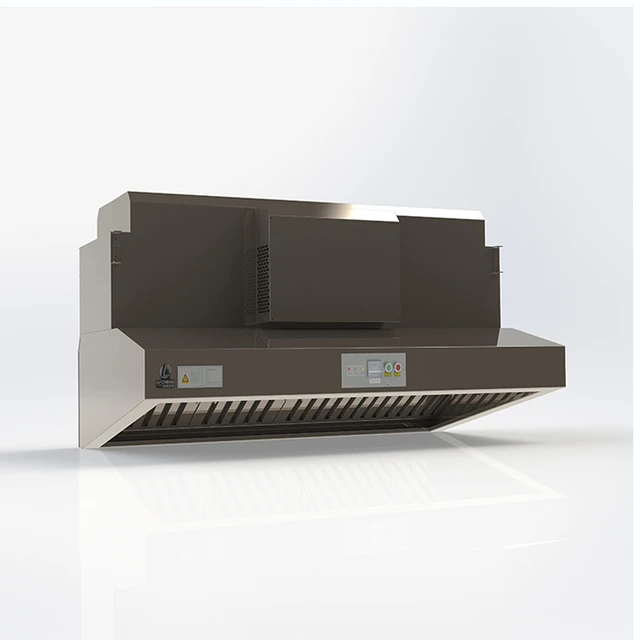
II. Additional Cost Factors
-
Labor Costs:
- Labor costs for range hood installation vary based on factors such as the location, complexity of the installation, and contractor rates in your area. On average, labor costs can range from $200 to $800, depending on the scope of work involved.
-
Electrical Work:
- If additional electrical work is necessary for the range hood installation, such as running new wiring or upgrading the electrical panel, it will add to the overall cost. Electrical modifications can range from $100 to $1,000 or more, depending on the complexity of the electrical system and the extent of the required work.
-
Ductwork Modifications:
- If the existing ductwork needs modifications or if new ductwork needs to be installed, the cost will vary depending on factors such as the length, material, and complexity of the ductwork. Ductwork modifications can range from $200 to $1,500 or more, depending on the specific requirements.
-
Venting Upgrades:
- Upgrading the venting system to accommodate a new range hood may be necessary in some cases. This can include adding or modifying vents, installing a ventilation fan, or upgrading to a more efficient venting system. The cost of venting upgrades can range from $500 to $2,000 or more, depending on the extent of the modifications needed.
-
Permits and Inspections:
- Some jurisdictions may require permits and inspections for range hood installations. Permit fees can range from $50 to $200 or more, depending on local regulations and the size of the project. Inspection fees, if applicable, can range from $50 to $200 or more.

III. Obtaining Quotes and Cost Estimates
-
Consult Multiple Contractors:
- To get an accurate estimate for your range hood installation, it is essential to consult with multiple contractors in your area. Each contractor may have different rates and may provide varying levels of service. Obtain detailed quotes that include the specific scope of work, materials, and labor costs.
-
Consider the Contractor’s Experience:
- When selecting a contractor, consider their experience with range hood installations and their knowledge of local building codes and regulations. A reputable and experienced contractor will ensure that the installation is done correctly and in compliance with all necessary requirements.
IV. DIY vs. Professional Installation
-
DIY Installation:
- If you have experience with electrical work, construction, and venting systems, you may choose to install the range hood yourself. This can help save on labor costs but requires a good understanding of the necessary steps and precautions. Ensure that you follow all manufacturer instructions and consult local building codes before proceeding with a DIY installation.
-
Professional Installation:
- Hiring a professional for range hood installation can provide peace of mind and ensure that the installation is done correctly and safely. Professional installers have the necessary expertise and equipment to complete the installation efficiently and in compliance with all applicable codes and regulations.
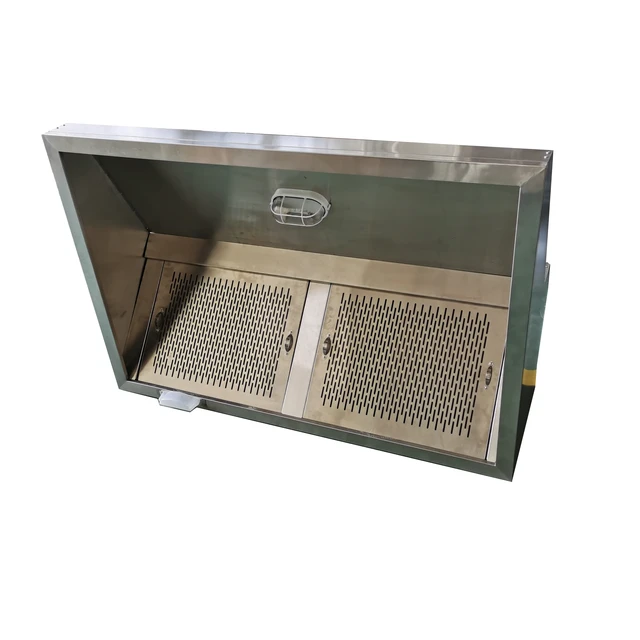
Overcoming Common Installation Challenges
-
Structural Limitations:
- In some cases, the structural design of your kitchen may present challenges for range hood installation. For instance, non-load-bearing walls or limited space above the cooktop may require creative solutions such as installing a downdraft range hood or relocating the range to a different area of the kitchen. Addressing these challenges may require additional labor and potentially increase the overall cost of installation.
-
Venting in Multi-story Buildings:
- If you live in a multi-story building, venting the range hood to the exterior may be more complicated. You may need to consult a professional to determine the best venting options, such as installing a recirculating range hood or using a re-circulation kit that filters and recirculates the air back into the kitchen. These alternatives may involve additional costs for the equipment and ongoing maintenance.
-
Upgrading Existing Venting Systems:
- If you are replacing an old range hood, upgrading the existing venting system may be necessary to ensure compatibility and optimal performance. This may include replacing or modifying the ductwork to meet current building code requirements or to accommodate the specifications of the new range hood. Consulting with a professional installer will help determine the specific upgrades needed and any associated costs.
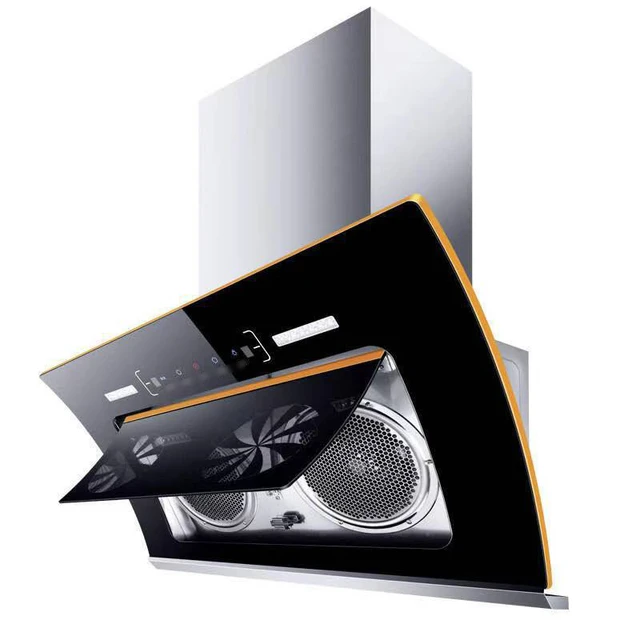
V. Conclusion: Planning and Budgeting for Range Hood Installation
When budgeting for range hood installation, consider the various cost factors involved, such as the type of range hood, labor costs, potential electrical and venting upgrades, and permit fees. Obtaining multiple quotes from reputable contractors will help you establish a realistic budget based on your specific requirements.
Remember to account for any additional modifications or upgrades that may be necessary, such as ductwork modifications or electrical work. Evaluating the pros and cons of DIY installation versus professional installation is also essential to make the best decision for your situation.
By understanding the range of cost factors involved in range hood installation and obtaining detailed quotes, you can plan and budget effectively to ensure a successful and efficient installation that enhances the ventilation and functionality of your kitchen.


